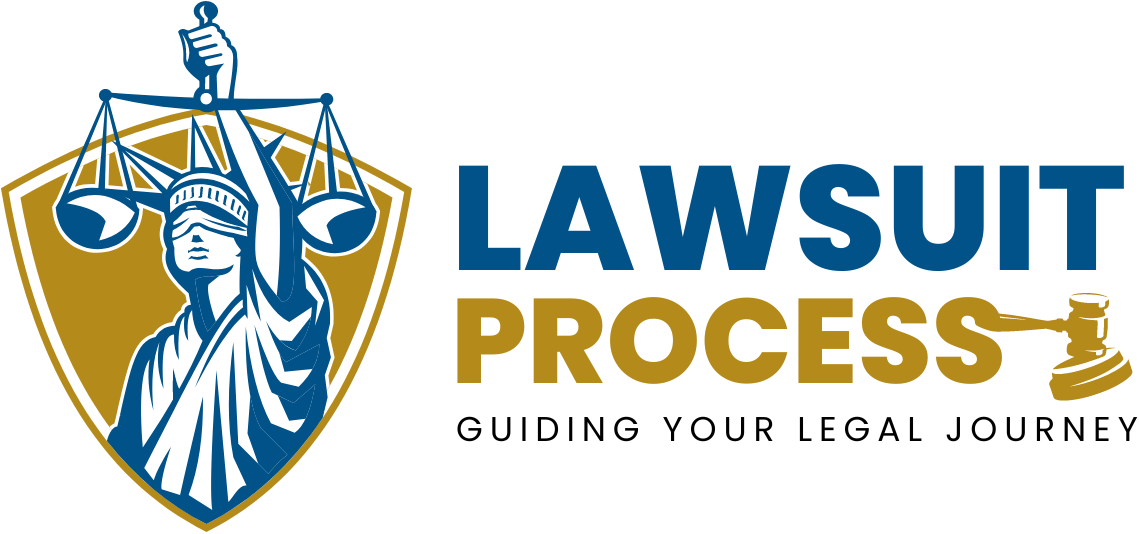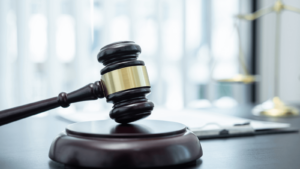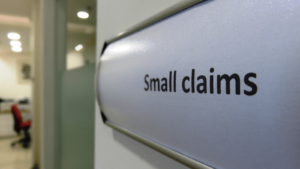Personal injury lawsuits can be complex and emotionally taxing experiences. Whether you’ve been injured in a car accident, slip and fall incident, or due to medical malpractice, understanding the legal process can help alleviate some of the stress and uncertainty. This comprehensive guide will walk you through what to expect during a personal injury lawsuit, from the initial steps after an injury to the resolution of your case.
I. Understanding Personal Injury Lawsuits
A. Definition of a Personal Injury Lawsuit
A personal injury lawsuit is a legal dispute that arises when one person suffers harm from an accident or injury, and another party might be legally responsible for that harm. These cases are part of civil law, as opposed to criminal law, and aim to compensate the injured party (plaintiff) for losses resulting from the accident or injury.
B. Common Types of Personal Injury Cases
- Automobile Accidents: Injuries resulting from car, motorcycle, or truck accidents due to another driver’s negligence.
- Slip and Fall Accidents: Injuries occurring on someone else’s property due to unsafe conditions.
- Medical Malpractice: Harm caused by a healthcare professional’s negligence or omission.
- Product Liability: Injuries caused by defective or dangerous products.
- Workplace Accidents: Injuries sustained in the course of employment, often covered by workers’ compensation.
C. Legal Grounds for Filing a Personal Injury Lawsuit
To succeed in a personal injury lawsuit, the plaintiff must establish that:
- The Defendant Had a Duty of Care: The defendant was obligated to act reasonably to prevent harm.
- Breach of Duty: The defendant failed to meet that duty through action or inaction.
- Causation: The defendant’s breach directly caused the injury.
- Damages: The plaintiff suffered losses (physical, emotional, financial) as a result.
II. The Initial Steps
A. Seeking Medical Attention
Immediate medical care is crucial, both for health reasons and for legal documentation. Medical records serve as vital evidence linking the injury to the accident.
B. Documenting the Incident
- Gather Evidence: Photos of the scene, witness contact information, and any other relevant details.
- Keep Records: Maintain a file of all medical bills, correspondence, and other documents related to the injury.
C. Consulting a Personal Injury Attorney
An experienced attorney can evaluate your case, advise on legal options, and navigate the complexities of the legal system on your behalf.
III. Filing the Lawsuit
A. Investigation by Your Attorney
Your attorney will:
- Review Evidence: Assess all documentation and evidence.
- Interview Witnesses: Gather statements from those who witnessed the incident.
- Consult Experts: Medical or accident reconstruction experts may be involved.
B. Filing a Complaint
The process begins by filing a legal document called a “complaint” or “petition,” outlining the allegations against the defendant.
C. Serving the Defendant
The defendant must be formally notified of the lawsuit through a process called “service of process.”
IV. The Discovery Process
Discovery is a pre-trial phase where both parties exchange information to prepare for trial.
A. Written Discovery
- Interrogatories: Written questions that must be answered under oath.
- Requests for Production: Demands for documents, records, or other tangible evidence.
B. Depositions
Oral testimonies given under oath, recorded by a court reporter. Both parties can depose witnesses, including the opposing party.
C. Expert Witnesses
Experts may provide opinions on medical conditions, accident reconstruction, or economic impacts.
V. Pre-Trial Motions and Hearings
A. Motions to Dismiss
The defendant may file a motion to dismiss the case for legal reasons, such as lack of jurisdiction or failure to state a claim.
B. Summary Judgment Motions
Either party can request the court to rule in their favor based on undisputed facts, avoiding the need for a trial.
C. Settlement Conferences and Mediation
Courts often encourage or require mediation to facilitate a settlement before trial.
VI. The Trial Phase
If the case doesn’t settle, it proceeds to trial.
A. Jury Selection
Attorneys select impartial jurors through a process called “voir dire.”
B. Opening Statements
Both sides present an overview of their case to the jury.
C. Presentation of Evidence
- Plaintiff’s Case: Witnesses and evidence supporting the claim.
- Defendant’s Case: Rebuttal evidence and witnesses.
D. Closing Arguments
Summarization of the case and a final appeal to the jury.
E. Jury Deliberation and Verdict
The jury considers the evidence and renders a verdict.
VII. Post-Trial Motions and Appeals
A. Post-Trial Motions
Parties may file motions to alter or set aside the verdict.
B. The Appeals Process
An appeal can be filed if a party believes there was a legal error during the trial.
VIII. Settlement Possibilities
Settlements can occur at any stage.
A. Negotiating a Settlement
Attorneys negotiate terms agreeable to both parties, often involving compensation without admitting fault.
B. Structured Settlements vs. Lump Sum Payments
- Structured Settlement: Payments over time.
- Lump Sum: One-time payment.
C. Release Forms
Signing a release form waives the right to future claims related to the incident.
IX. Collecting the Judgment
A. Understanding the Judgment
The court’s decision outlines the amount awarded and any conditions.
B. Methods of Collecting
- Voluntary Payment: The defendant pays willingly.
- Wage Garnishment: A portion of the defendant’s income is directed to the plaintiff.
- Property Liens: Claims against the defendant’s property.
C. Challenges in Collection
Defendants may lack funds, necessitating alternative collection methods.
X. Timeframes and Statute of Limitations
A. Statute of Limitations
Legal deadlines for filing a lawsuit vary by state and case type, typically ranging from one to six years.
B. Duration of the Lawsuit Process
Lawsuits can take months to years, depending on complexity and court schedules.
XI. Legal Fees and Costs
A. Contingency Fees
Many personal injury attorneys work on a contingency basis, receiving a percentage of the settlement or judgment.
B. Costs and Expenses
- Court Fees
- Expert Witness Fees
- Administrative Costs
C. Fee Agreements
Discuss fee structures upfront to understand financial obligations.
XII. Emotional and Personal Considerations
A. Emotional Impact of a Lawsuit
The process can be stressful and emotionally draining.
B. Privacy Concerns
Lawsuits are public records; sensitive information may become public.
C. Managing Expectations
Outcomes are uncertain; it’s important to have realistic expectations.
Conclusion
Understanding the stages of a personal injury lawsuit can empower you to navigate the process more effectively. From the initial consultation with an attorney to the potential trial and beyond, each step is critical to achieving a favorable outcome. Always consult with a qualified personal injury attorney to receive personalized legal advice tailored to your specific situation.
Remember, while the legal process can be daunting, you’re not alone. Legal professionals are there to guide you through each phase, advocating for your rights and working towards securing the compensation you deserve.










